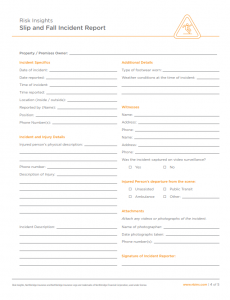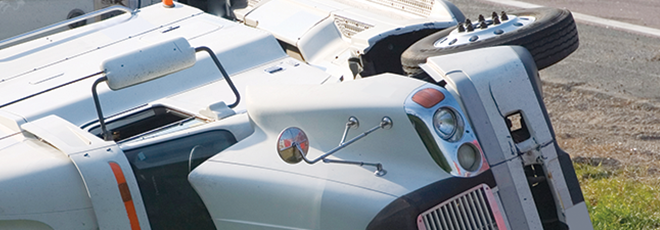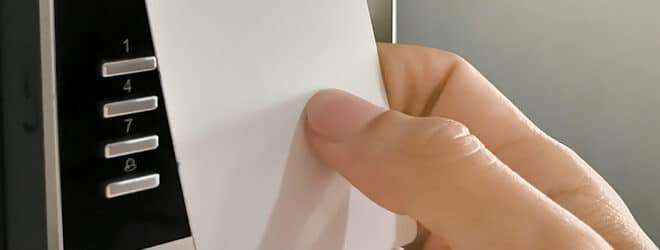Summer’s here, and while snow and ice may be gone, the risk of slips, trips, and falls hasn’t disappeared. Don’t assume your employees, customers, or vendors are safe just because the weather is warmer. A simple misstep on your property can lead to a serious injury claim, legal exposure, and operational delays but with the right tools in place, you can be ready.
Slip and fall incidents remain one of the leading causes of workplace injuries in Canada. According to the Canadian Centre for Occupational Health and Safety, slips, trips, and falls account for about 20 per cent of all workplace injuries each year. These statistics are especially concerning for busy workplaces where foot traffic is constant.
Your risk management strategy should reflect the unique nature of your business but there are some safety measures that apply almost universally. That’s why we’ve created a free template to help you track the details of any incidents and stay organized, compliant, and protected.


Lighting
Poor lighting is a common culprit behind workplace accidents. If visitors or staff can’t see where they’re going, it increases the risk of falls.- Check that all interior and exterior lights are functioning properly.
- Keep spare bulbs on hand for quick replacements.
- Walk your workplace at night to spot poorly lit corners, thresholds, or stairways that might pose a hazard.
- Ensure exit signs are illuminated and clearly visible in case of emergencies.
Surfaces
Uneven, slippery, or cluttered surfaces are some of the most common risk areas in any facility.- High-traffic areas should be inspected frequently for spills, damage, or wear and tear.
- Watch for hazards like frayed carpets, cracked flooring, or loose tiles.
- If weather conditions change, ensure your entrances and floors stay dry, clean, and safe.
- Use non-slip mats or coatings in areas prone to moisture.
Outdoor hazards
When evaluating the exterior of your building, keep an eye out for:- Downspouts that drain water into parking lots or onto sidewalks, creating puddles or ice patches.
- Cracks, debris, potholes, and other problems in parking areas. These can damage cars, but also catch shoes, ankles, or canes to cause a nasty fall.
- Stairways that need resurfacing or slip-resistant treatments.
- Raised thresholds, ramps or curbs that require marking or signage.
- Loose boards, shifting tiles, or carpeting that could cause someone to trip – when boards or corners start to come up, repairs should be your top priority.
These issues may seem minor, but they’re common triggers for costly claims.
Entrances
First impressions matter but so does safety.- Ensure doors open fully and pathways are free from obstacles.
- Declutter the entrance area and make sure signage is clear.
- If your front entry feels bare or uninviting, consider painting the walls or adding lighting to improve visibility and ambiance.
- Keep mats flat and secure to avoid trip hazards.
Furniture
- All furniture, including chairs, service counters, and display cases, should be in solid condition.
- Inspect regularly for splinters, loose screws, or wobbling legs.
- Ensure furnishings don’t protrude into walkways or pose a snagging risk for bags or clothing.
Observe and record
Routines checks make a big difference. Here are some tips:- Check all key areas regularly, from the parking lot and entranceway to shelves and displays.
- Commit to cleaning at a given time each day (preferably after you close shop for the day).
- Assign a team member to lead daily inspections and maintenance.
- Log issues and fixes using a central record system that’s easy for staff to update.
- Encourage staff to report hazards immediately and provide a simple, consistent process to do so.
When accidents happen, the right report can help save the day
Even if your business takes every precaution, accidents can still occur. Sometimes slips and falls happen, and when they do, the speed and nature of your emergency response can make a big difference in how your business handles the consequences.- A clear incident report helps document what happened, who was involved, and what actions were taken.
- Include witness statements, photos, and timestamps wherever possible.
- Timely, accurate documentation can help resolve claims faster – and potentially lower liability.




